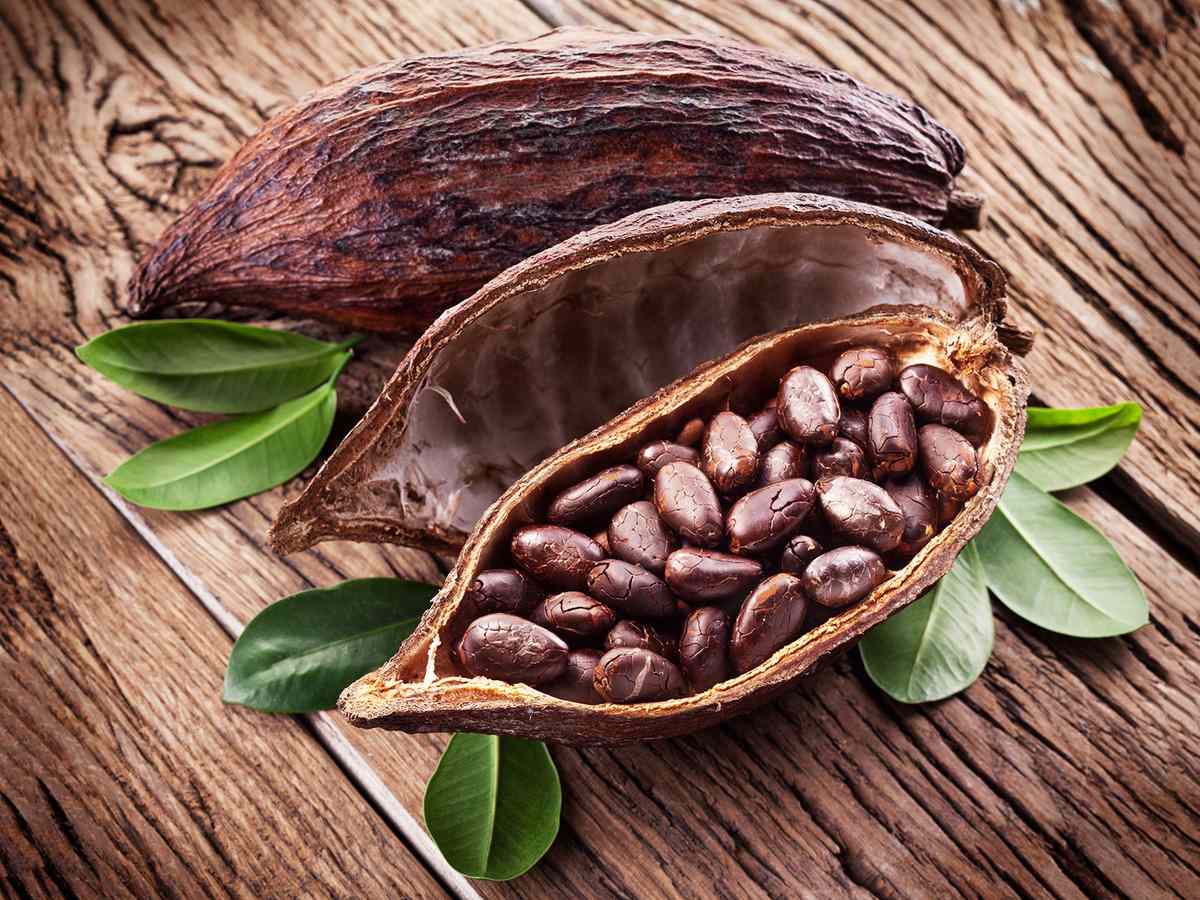Unsweetened Cocoa

Unsweetened Cocoa is a Green food. Green foods are safe to eat as a regular part of a diet.
Category Quotes
Guideline related quotes related to Beverages and Green throughout Geoff Bond's publications.
One cup is one serving of water, milk, or nut milk. ~Paleo in a Nutshell p.95
Focus on “Green” and “ Green-Amber” beverages. ~Paleo in a Nutshell p.103
Additional Quotes
Specific references to Unsweetened Cocoa throughout Geoff Bond's publications.
Cocoa has its origins in Central America, where the Maya and Aztecs held it in great esteem. At the court of Montezuma, the Spanish conquistador Hernando Cortes was served a bitter cocoa-bean drink. He brought the bean to Europe, where the cocoa drink was sweetened, flavored with cinnamon and vanilla, and served hot. The beverage remained a Spanish secret for almost 100 years. In 1657, a Frenchman opened a shop in London, at which solid chocolate for making the beverage could be purchased at 15 shillings a pound. At this price, only the wealthy could afford to drink it, and fashionable chocolate houses appeared in London, Amsterdam, and other European capitals. It was not until the m id-19th century that cocoa became affordable for all levels of society. Today, "chocolate drink" powders that have only a small percentage of cocoa adulterated with sweetener, fillers, and artificial flavors, dominate the market for cocoa. ~Paleo in a Nutshell p.78
Do not forget that tea, herbal teas, and coffee are valid thirst quenchers. Cocoa is fine too, but make it with 100 percent cocoa powder (not chocolate mix) combined with water or almond milk. If you like, use a "Green" sweetener or honey. ~Paleo in a Nutshell p.80
The average cup of American coffee contains 100 mg caffeine, whereas coffeehouse strength can be 180 mg per cup. The caffeine content of tea varies, but it averages about 40-50 mg per cup. There are also about 40 mg of caffeine in a 12-ounce can of cola. In a cocoa drink (2 teaspoons of pure cocoa powder), there are only 10 mg caffeine. Our view is that caffeine in modest amounts is well within the normal range for human consumption. (See "What Is 'Modest' Caffeine Consumption?" below.) For a 165- pound adult, that works out to four cups of American coffee per day or eight cups of tea. Be sensible about it, watch how your caffeine intake affects your mood, and avoid overdosing. If you are diabetic, caffeine in the form of moderate tea or coffee drinking might even be helpful. ~Paleo in a Nutshell p.80
For a snack before bedtime, if there has been a sufficient gap after the last meal, eat a low-glycemic fruit (as much as you like). If not, try 1 oz of nuts. Avoid bad carbohydrates this late in the day— they provoke a hormonal reaction that disturbs sleep and interferes with the body's nighttime repair processes. If you fancy it, have a mug of cocoa or about .75 oz of dark chocolate (made up of at least 75 percent cocoa solids). ~Paleo in a Nutshell p.89
Our species, like most on the planet, are designed to get most of their liquid intake from water. Until recent times, that was still the case for us, even in the West. But we have seen the rise of alternative drinks, which have come along just in the average grandparent's lifetime. Setting aside wine, distilled spirits, and liqueurs, which are not thirst quenchers, what are we now consuming instead of water? When we add up the figures for beer, tea, coffee, cocoa, soft drinks, juices, and milk, we find that the average American is consuming, in a year, 150 gallons of liquid that is not plain water— that comes to 3.25 pints per day! ~Deadly Harvest p.81
Cocoa also contains caffeine at low levels, but it also contains a rich variety of micronutrients that are heart healthy and protective against many cancers. The warning is the same: use the genuine cocoa powder, not the artificial confections that masquerade as "chocolate drinks." ~Deadly Harvest p.82
cocoa butter, which contains 60% saturated fat, finds 95% of it parked harmlessly in positions 1 and 3.36 Harmless monounsaturated fats occupy 85% of position 2, from where fatty acids are easily absorbed. That is why cocoa is far less cholesterolemic than a simple examination of its saturated fat content would suggest. ~Deadly Harvest p.107